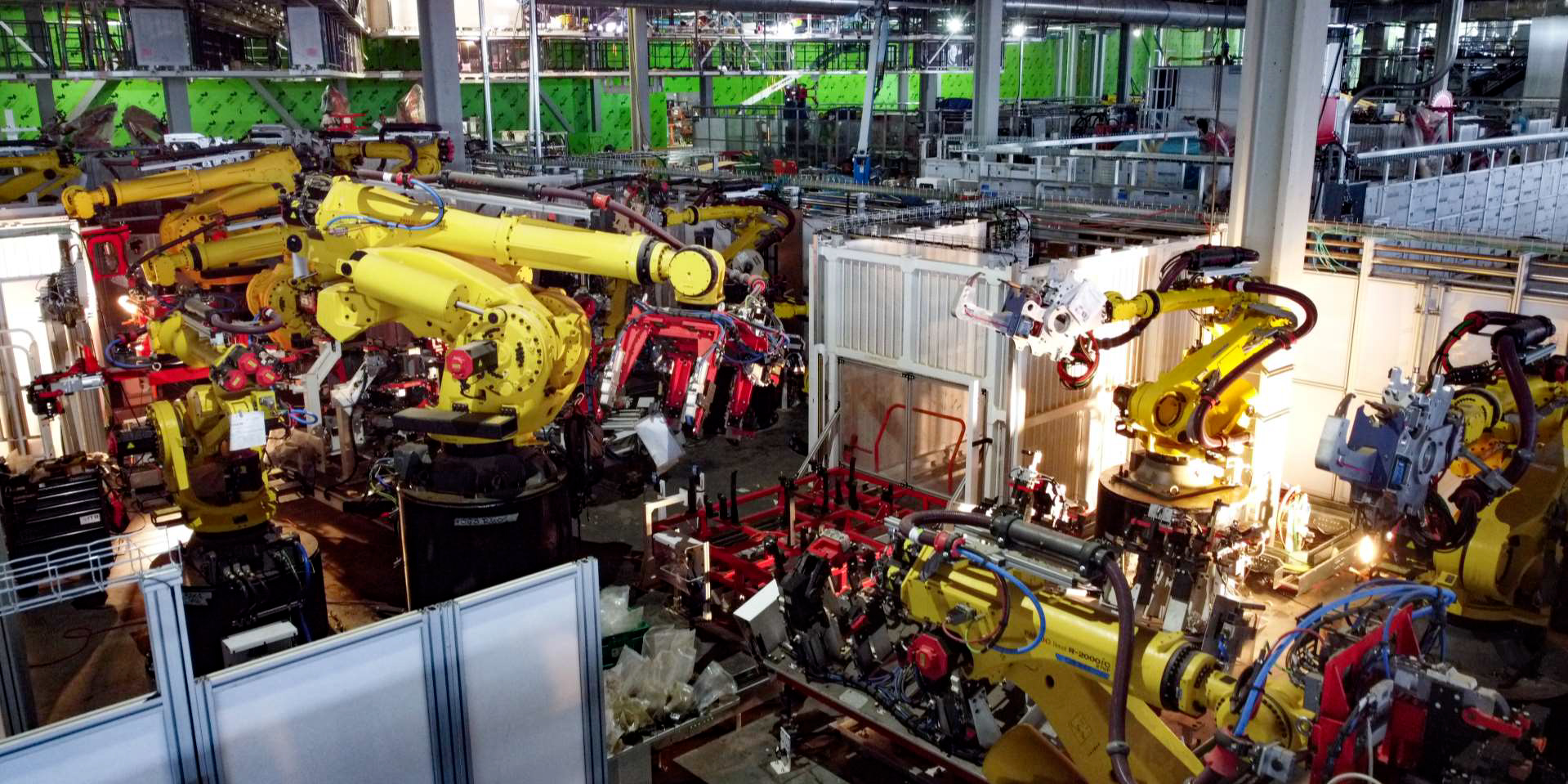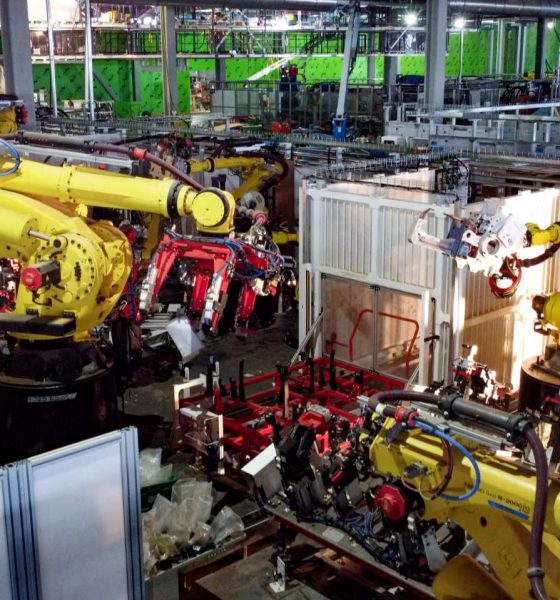Tesla’s (NASDAQ:TSLA) first-quarter earnings call comes on the heels of an impressive quarter that saw the electric car maker post $10.389 billion in revenue and non-GAAP earnings per share of $0.93, beating Wall Street’s expectations. With these results, Tesla has now maintained its profitability for seven straight consecutive quarters.
As revealed in the company’s Q1 2021 Update Letter, the company hit some notable milestones in the first quarter. The Model 3 became the world’s best-selling premium sedan, electric or otherwise. The Model Y is also showing a lot of potential, with the vehicle’s production ramp going well in Gigafactory Shanghai. Deliveries for the Model S Plaid are expected shortly as well, and the Tesla Semi, a Class 8 truck that has seen delays, is now poised for a 2021 release.
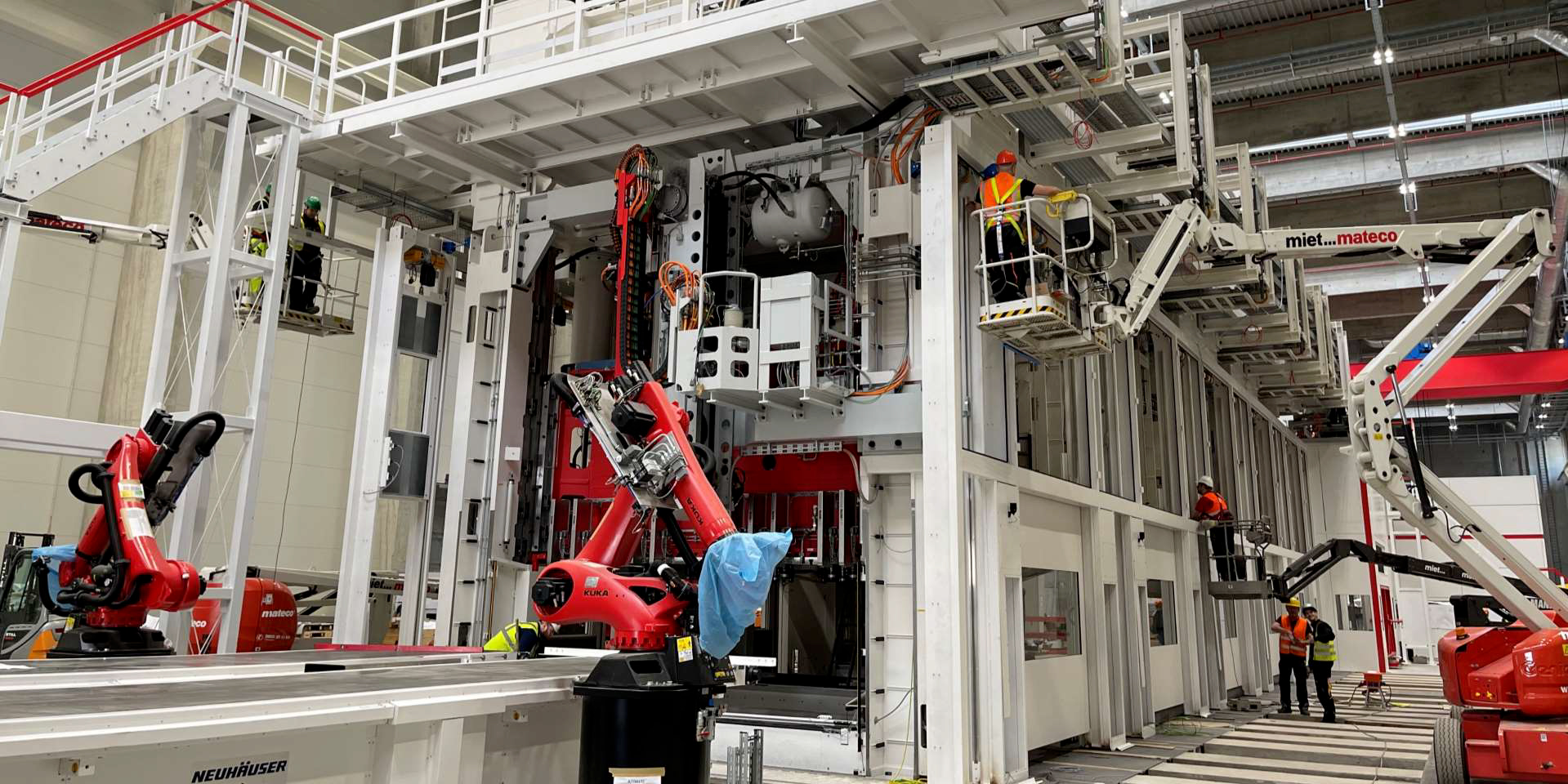
The following are live updates from Tesla’s Q1 2021 earnings call. I will be updating this article in real-time, so please keep refreshing the page to view the latest updates on this story. The first entry starts at the bottom of the page.
15:41 PT – And that wraps up Tesla’s Q1 2021 earnings call! Overall, Elon Musk and team seemed to be a bit cautious this time around, with timeframes for projects like the 4680 cells being conservative. Tesla also did not provide a specific forecast for 2021’s vehicle deliveries. But considering the ongoing supply challenges, this may not be a bad strategy at all.
Anyway, thanks for staying with us for another live blog! These are always fun. Until the next time!
15:40 PT – Dan Levy from Credit Suisse asked about Tesla and its ongoing cost reductions. Tesla notes that building cars is a complex process, though if one were to look at the advancements in the production of the company’s vehicles like the Model Y, there are a lot of innovations happening there, which should improve COGS.
When asked about Fremont vs the Gigafactories, the analyst asked about how Tesla’s new capacity would differ from the previous NUMMI plant. Musk notes that Tesla does not talk much about future product developments. “We’ll get there. We’ll provide it later,” Musk said.
15:34 PT – Rod Lache of Wolfe Research LLC asks about the FSD rollout, such as the subscription model and its impact. Kirkhorn noted that Tesla is working on rolling out FSD subscriptions, though there are some aspects of the service that still need work. “We’re hoping to get this launch pretty soon, and see what the response is to it,” he said.
15:33 PT – Ferragu asks a follow up about Tesla’s energy business. According to Musk, Tesla has comparable margins in energy and vehicles though it should be noted that the company’s EV business is more mature than the energy segment. Powerwall is mature, however, so the margins there are pretty good. “We have a clear runway for improving the cost of the Megapack,” Musk said.
15:30 PT – Analyst questions start. First up is New Street Research’s Pierre Ferragu. He asks about the 4680 battery line (YES!). He asks about capacity, as well as where the company stands in its ramp.
Musk notes that Tesla has a small pilot plant for the 4680 cells with a 10 GWh per year capacity. “We’re not yet at a point where we think the cells are reliable enough to be put in cars. We think we’re close to that point. We’ve already ordered the equipment for battery production in Berlin and Austin as well. We’re down to the nitty gritty on this. I’m confident that we’d achieve volume production of the 4680 next year,” Musk said.
Musk also added that it appears that Tesla is about 12 or not more than 18 months away from volume production of the 4680 cells. At the same time, Tesla is also looking to ramp the 4680 cells with its existing suppliers. The 4680 revolution is not a Tesla-only thing. It will involve CATL and LG and Panasonic as well. Ultimately, Tesla is on track to more than double the output from suppliers.
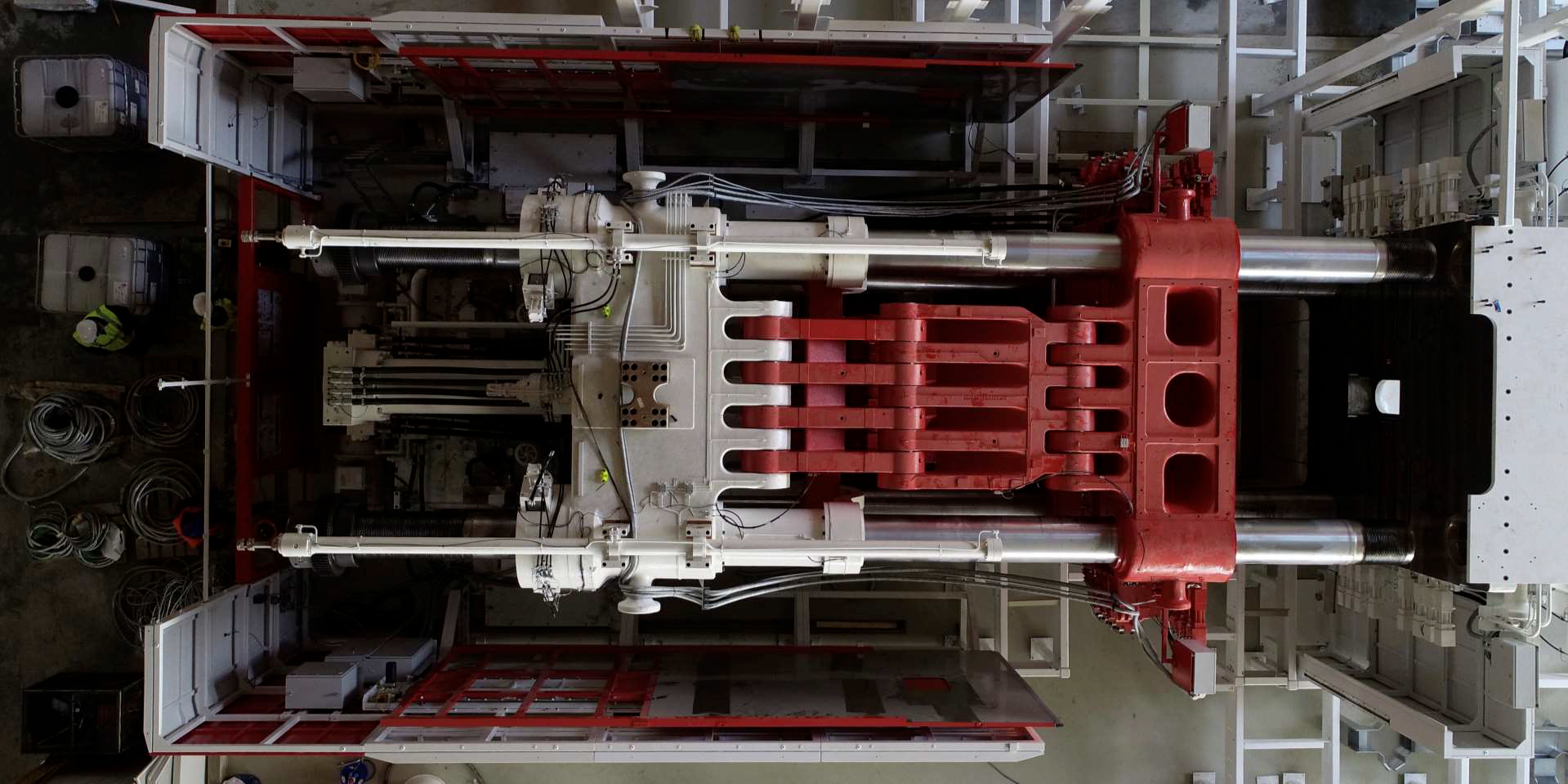
15:24 PT – An inquiry about vehicle production is asked. Musk notes that people still do not understand the difficulties of production. “Prototypes are child’s play,” he said, noting that mass-production is insanely difficult. Musk notes that Tesla is the first company to achieve volume production of cars in a hundred years and not go bankrupt. “Tesla has had several aneurysms to get this done,” Musk said.
Musk shared some of the challenges that Tesla experienced over the years, from production stops due to trivial items like carpets and USB ports. “Solving those constraints is insane,” Musk reiterated.
15:16 PT – An inquiry about vampire drain was asked. Musk notes that vampire drain is not an issue. “We’ve got a long way to go before we’re dealing with season technology issues,” he said.
15:15 PT – An inquiry about MSM FUD is asked. Elon comments on the “extremely deceptive” media coverage of the Texas crash. According to Lars Moravy, VP of Vehicle Engineering, Tesla is working with Texas authorities about the high-profile, tragic accident. Tesla has conducted a study to understand what happened in the crash together with authorities. As per the findings, it appears that the steering wheel was deformed, and someone was in the driver’s seat during the crash. All seatbelts were unbuckled in the car.
15:11 PT – A question about digital currencies are asked for Zachary Kirkhorn. He reiterates Tesla’s Bitcoin investment and eventual sale, as well as the company’s decision to support Bitcoin for payments. According to Kirkhorn, Tesla had been looking for a place to store its cash. Bitcoin presented itself as a preferable avenue for such an endeavor, considering that traditional systems simply provide far less.
“Bitcoin was a good place to put Tesla cash and be able to get some return on it,” he said. Considering that Tesla added over $200 million from its investment in a few months, this decision definitely seems well worth it. “We’ve been pleased with how much liquidity there is in the Bitcoin market. We do we believe long-term in the value of Bitcoin,” Kirkhorn said.
15:08 PT – Musk continues to discuss the Powerwall’s potential, noting that the home battery’s virtual power plant capabilities are profound. This is especially notable considering that the world is now heading towards an era where EVs are the norm. With this in mind, there has to be a way to produce more electricity to meet the demand that would be produced by an all-electric future.
Considering Tesla’s mission, this shift would be beneficial to the company. “This is a prosperous future for Tesla and for utilities ,” he said. Otherwise, we will see more of what happened in Texas earlier this year. “If this is not done, utilities won’t be able to serve their customers. We’ll see a lot more of what we saw in Texas and California,” Musk said.
15:05 PT – Next question is up. This time it’s about the Solar Roof, its price increase, and its ramp. Musk notes that Solar Roof demand is strong, though he admits that Tesla has made mistakes in evaluating the difficulties in assessing the difficulty of installing the solar tiles. “You can’t have a one size fits all system,” he said.
Musk reiterated Tesla’s decision to bundle the Powerwall and its solar products, adding that batteries produced last year have a higher peak capability. With the bundle in place, musk states that the difficulty of installations would be much easier. Installers would not even need to touch the house’s circuit breaker. This, according to Musk, is important for scalability.
15:00 PT – Elon notes that Tesla is actually getting good at auto-labeling, which is pretty much the holy grail for neural net training. This is something that Dojo would be designed for.
“We think Dojo would be probably an order of magnitude more cost-efficient in hardware and energy usage compared to the next best solution we’re aware of. Possibly it could be used by others,“ Musk remarked, adding that “Probably others would want to use it too. And if they do, we’d make it available.”
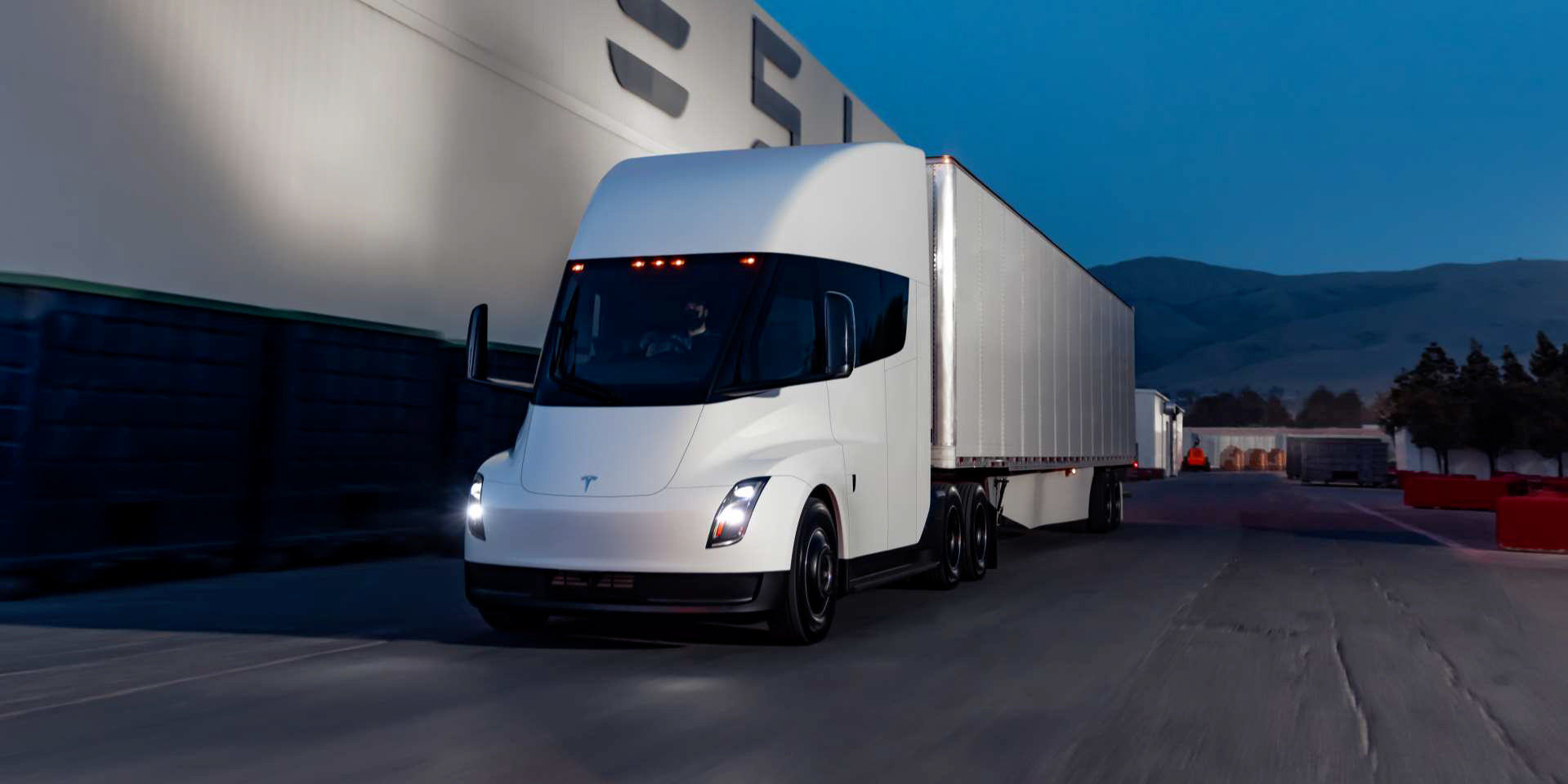
14:57 PT – Retail investors from Say begin. First up is a question about Dojo. Elon notes that right now, people think Tesla is a car and energy company, but in the long run, people will likely see Tesla as a robotics company. “I think we are developing some of the strongest hardware and software teams in the world,” he said. And if one were to look at Tesla’s tech evolution, Tesla came to a point where it needed something more powerful than what the market offers.
It then makes sense for Tesla to create a supercomputer that would help train its neural nets. “If you have a system that has very good eyes, which can see in all directions at once, never gets tired, has redundancy, and whose reaction time is superhuman, then such a system would achieve a high level of safety,” Musk said, describing the thinking behind Project Dojo. With over a million cars, after all, that’s a lot of data. And next year, this would grow to two million.
14:53 PT – Tesla has trimmed its Bitcoin investment by 10%, resulting in a profit of $272 million.
14:50 PT – Zachary Kirkhorn explains the Model S and Model X delays, noting that the delays are a meaningful headwind for the company’s finances. He also highlights that Tesla is experiencing some challenges with the ongoing global supply shortage, though the company is working with its partners to address them.
14:48 PT – Elon adds that Model X should ramp in Q3 2021. “We’re going to aim to produce 2,000 Model S and Model X per week,” Musk said. He also adds that he believes that the two flagship cars would see a lot of demand.
Musk also highlighted that the new Model S and Model X are actually cheaper to produce. Giga Berlin and Giga Texas would likely see volume production next year. In closing, he thanks the Tesla team for their efforts.
14:45 PT – Elon notes that solving FSD is a matter of having a massive data set. And in this case, Tesla has an edge with its large fleet of over a million cars on the road. This should help the company handle edge cases. “It’s quite tricky, but we’re highly confident that we’ll get this (FSD) done,” Musk said.
“Q1 had some of the most difficult supply chain challenges that we’ve ever experienced at Tesla,” Musk said, describing the ongoing chip shortage currently plaguing the auto industry.
As for Model S and Model X, Musk notes that there are more challenges than expected. Musk lists some improvements coming to the vehicles, such as their new interior, battery pack, electric motor, and features. Elon adds that Tesla is just making refinements to cars that are already built. A ramp is coming likely in May.
14:40 PT – The Q1 earnings call begins. Martin Viecha takes the floor. Elon Musk, Zachary Kirkhorn, and a number of executives are present in the call. Opening remarks from Elon Musk. He highlights that Q1 was a record quarter for Tesla. He says that Tesla has seen a shift in the perception for EVs, and demand has been even more formidable than ever. “Demand is the best we’ve ever seen,” he said. This is the reason why Q1 became such an outlier compared to past first quarters, which tended to be softer than other quarters.
Elon also mentions the Model 3’s victory in the premium sedan market, beating veterans like the BMW 3-Series. As for the Model Y, the CEO states that the vehicle has a chance of becoming the best-selling car in the world of any kind. Elon estimates that this would happen sometime in 2022. As for FSD, the Beta has been making progress, though Musk admits that it is one of the most difficult technical problems out there. Elon also emphasizes Tesla’s vision-only approach, reiterating his previous statements on Twitter about radar eventually being retired.
14:32 PT – Of course it’s on Elon Time. 😀
14:30 PT – And… it’s time! Butts in seats, everyone.
14:28 PT – And the earnings call stream is live. We’re now treated with some classical music. Definitely a celebratory air here.
14:25 PT – Now that the Tesla Semi has been announced to be on track for a 2021 release, perhaps we’d see more updates on the release of the next-generation Roadster too? The Semi and new Roadster were unveiled at the same time, after all.
14:20 PT – While the Q1 Update Letter is rife with information, there are quite a number of things that were not mentioned as much. A big one is the company’s 4680 battery cell production developments and plans, which were notably absent in the Update Letter. Hopefully, we can get some nice tidbits of information about the 4680 cells in the earnings call. Crossing our fingers.
14:15 PT – Good day, everyone, and welcome to another live blog of Tesla’s earnings call! We all knew that this quarter would be special when the Q1 vehicle delivery and production numbers came out. Even Wall Street was optimistic about the company’s numbers. Well, the Q1 results are here, and they are actually better than expected. Tesla soundly beat Wall Street’s expectations for revenue and EPS. Though in true Tesla fashion, TSLA stock has now dipped around 1.9% after hours.
Don’t hesitate to contact us for news tips. Just send a message to tips@teslarati.com to give us a heads up.

Investor's Corner
Tesla gets price target bump, citing growing lead in self-driving

Tesla (NASDAQ: TSLA) stock received a price target update from Pierre Ferragu of Wall Street firm New Street Research, citing the company’s growing lead in self-driving and autonomy.
On Tuesday, Ferragu bumped his price target from $520 to $600, stating that the consensus from the Consumer Electronics Show in Las Vegas was that Tesla’s lead in autonomy has been sustained, is growing, and sits at a multiple-year lead over its competitors.
CES 2026 validates Tesla’s FSD strategy, but there’s a big lag for rivals: analyst
“The signal from Vegas is loud and clear,” the analyst writes. “The industry isn’t catching up to Tesla; it is actively validating Tesla’s strategy…just with a 12-year lag.”
The note shows that the company’s prowess in vehicle autonomy is being solidified by lagging competitors that claim to have the best method. The only problem is that Tesla’s Vision-based approach, which it adopted back in 2022 with the Model 3 and Model Y initially, has been proven to be more effective than competitors’ approach, which utilizes other technology, such as LiDAR and sensors.
Currently, Tesla shares are sitting at around $433, as the company’s stock price closed at $432.96 on Tuesday afternoon.
Ferragu’s consensus on Tesla shares echoes that of other Wall Street analysts who are bullish on the company’s stock and position within the AI, autonomy, and robotics sector.
Dan Ives of Wedbush wrote in a note in mid-December that he anticipates Tesla having a massive 2026, and could reach a $3 trillion valuation this year, especially with the “AI chapter” taking hold of the narrative at the company.
Ives also said that the big step in the right direction for Tesla will be initiating production of the Cybercab, as well as expanding on the Robotaxi program through the next 12 months:
“…as full-scale volume production begins with the autonomous and robotics roadmap…The company has started to test the all-important Cybercab in Austin over the past few weeks, which is an incremental step towards launching in 2026 with important volume production of Cybercabs starting in April/May, which remains the golden goose in unlocking TSLA’s AI valuation.”
Tesla analyst breaks down delivery report: ‘A step in the right direction’
Tesla has transitioned from an automaker to a full-fledged AI company, and its Robotaxi and Cybercab programs, fueled by the Full Self-Driving suite, are leading the charge moving forward. In 2026, there are major goals the company has outlined. The first is removing Safety Drivers from vehicles in Austin, Texas, one of the areas where it operates a ride-hailing service within the U.S.
Ultimately, Tesla will aim to launch a Level 5 autonomy suite to the public in the coming years.
Investor's Corner
Tesla Q4 delivery numbers are better than they initially look: analyst
The Deepwater Asset Management Managing Partner shared his thoughts in a post on his website.

Longtime Tesla analyst and Deepwater Asset Management Managing Partner Gene Munster has shared his insights on Tesla’s Q4 2025 deliveries. As per the analyst, Tesla’s numbers are actually better than they first appear.
Munster shared his thoughts in a post on his website.
Normalized December Deliveries
Munster noted that Tesla delivered 418k vehicles in the fourth quarter of 2025, slightly below Street expectations of 420k but above the whisper number of 415k. Tesla’s reported 16% year-over-year decline, compared to +7% in September, is largely distorted by the timing of the tax credit expiration, which pulled forward demand.
“Taking a step back, we believe September deliveries pulled forward approximately 55k units that would have otherwise occurred in December or March. For simplicity, we assume the entire pull-forward impacted the December quarter. Under this assumption, September growth would have been down ~5% absent the 55k pull-forward, a Deepwater estimate tied to the credit’s expiration.
“For December deliveries to have declined ~5% year over year would imply total deliveries of roughly 470k. Subtracting the 55k units pulled into September results in an implied December delivery figure of approximately 415k. The reported 418k suggests that, when normalizing for the tax credit timing, quarter-over-quarter growth has been consistently down ~5%. Importantly, this ~5% decline represents an improvement from the ~13% declines seen in both the March and June 2025 quarters.“
Tesla’s United States market share
Munster also estimated that Q4 as a whole might very well show a notable improvement in Tesla’s market share in the United States.
“Over the past couple of years, based on data from Cox Automotive, Tesla has been losing U.S. EV market share, declining to just under 50%. Based on data for October and November, Cox estimates that total U.S. EV sales were down approximately 35%, compared to Tesla’s just reported down 16% for the full quarter. For the first two months of the quarter, Cox reported Tesla market share of roughly a 65% share, up from under 50% in the September quarter.
“While this data excludes December, the quarter as a whole is likely to show a material improvement in Tesla’s U.S. EV market share.“
Elon Musk
Tesla analyst breaks down delivery report: ‘A step in the right direction’
“This will be viewed as better than feared deliveries and a step in the right direction for the Tesla story heading into 2026,” Ives wrote.

Tesla analyst Dan Ives of Wedbush released a new note on Friday morning just after the company released production and delivery figures for Q4 and the full year of 2025, stating that the numbers, while slightly underwhelming, are “better than feared” and as “a step in the right direction.”
Tesla reported production of 434,358 and deliveries of 418,227 for the fourth quarter, while 1,654,667 vehicles were produced and 1,636,129 cars were delivered for the full year.
Tesla releases Q4 and FY 2025 vehicle delivery and production report
Interestingly, the company posted its own consensus figures that were compiled from various firms on its website a few days ago, where expectations were set at 1,640,752 cars for the year. Tesla fell about 4,000 units short of that. One of the areas where Tesla excelled was energy deployments, which totaled 46.7 GWh for the year.
🚨 Wedbush’s Dan Ives has released a new note on Tesla $TSLA:
“Tesla announced its FY4Q25 delivery numbers this morning coming in at 418.2k vehicles slightly below the company’s consensus delivery estimate of 422.9k but much better than the whisper numbers of ~410k as the…
— TESLARATI (@Teslarati) January 2, 2026
In terms of vehicle deliveries, Ives writes that Tesla certainly has some things to work through if it wants to return to growth in that aspect, especially with the loss of the $7,500 tax credit in the U.S. and “continuous headwinds” for the company in Europe.
However, Ives also believes that, given the delivery numbers, which were on par with expectations, Tesla is positioned well for a strong 2026, especially with its AI focus, Robotaxi and Cybercab development, and energy:
“This will be viewed as better than feared deliveries and a step in the right direction for the Tesla story heading into 2026. We look forward to hearing more at the company’s 4Q25 call on January 28th. AI Valuation – The Focus Throughout 2026. We believe Tesla could reach a $2 trillion market cap over the coming year and, in a bull case scenario, $3 trillion by the end of 2026…as full-scale volume production begins with the autonomous and robotics roadmap…The company has started to test the all-important Cybercab in Austin over the past few weeks, which is an incremental step towards launching in 2026 with important volume production of Cybercabs starting in April/May, which remains the golden goose in unlocking TSLA’s AI valuation.”
It’s no secret that for the past several years, Tesla’s vehicle delivery numbers have been the main focus of investors and analysts have looked at them as an indicator of company health to a certain extent. The problem with that narrative in 2025 and 2026 is that Tesla is now focusing more on the deployment of Full Self-Driving, its Optimus project, AI development, and Cybercab.
While vehicle deliveries still hold importance, it is more crucial to note that Tesla’s overall environment as a business relies on much more than just how many cars are purchased. That metric, to a certain extent, is fading in importance in the grand scheme of things, but it will never totally disappear.
Ives and Wedbush maintained their $600 price target and an ‘Outperform’ rating on the stock.
